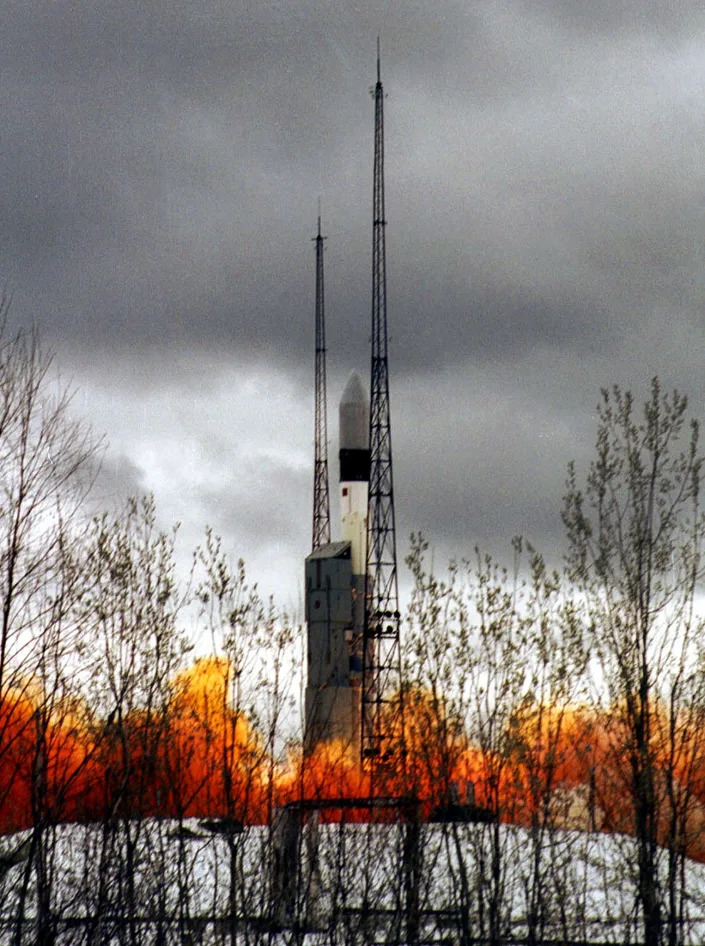The Washington Post
Daunting medical issues for earthquake survivors are just beginning
David Ovalle – February 9, 2023
As international medical teams stream into the earthquake-ravaged areas of Turkey and Syria, the injuries they are encountering are horrific but no surprise: broken bones, arms and legs crushed by collapsed buildings, infected gashes.
But that’s only the beginning for doctors and paramedics working feverishly to save lives in a disaster that has already claimed more than 20,000 people, experts say.
In coming weeks, as search efforts turn to the grim task of recovering bodies, countless survivors will need medications for high blood pressure, diabetes and asthma left behind in the rubble. Many who are pregnant will give birth in makeshift shelters and refugee camps. Cancer patients will go without treatment.
Freezing temperatures mean survivors in thrown-together shelters face hypothermia or frostbite. Close quarters in shelters could also lead to the spread of the coronavirus and other respiratory viruses.
And there’s another looming risk: waterborne diseases such as cholera, which had already appeared in the affected war-torn region of northwest Syria because of poor water quality and sanitation.
“It’s a horrible situation. You can’t do everything you want to do and you have to adapt to a whole different way of treating people. It’s a mentally and morally taxing situation,” Thomas Kirsch, a professor of emergency medicine at the George Washington University School of Medicine and Health Sciences, said of the coming challenges for medical workers.
Paul Spiegel, director of the Center for Humanitarian Health at the Johns Hopkins Bloomberg School of Public Health, said the time period after the search-and-rescue efforts will be crucial, if less dramatic.
“You likely will save a lot more people by ensuring you have surveillance and thinking about continuing care and supplies,” he said.
Those efforts are already being spearheaded by the Turkish government, the World Health Organization and other aid groups that regularly send emergency teams into earthquake zones.
The challenges to providing medical care are especially daunting in Turkey and Syria, which was rocked by a 7.8-magnitude quake early Monday morning, and a second one hours later that was recorded at 7.5.
The disaster toppled hospitals and other medical facilities that would have been crucial for treating those injured in building collapses, not to mention other ailments. Buckled and impassible roads won’t make it any easier for medical organizations, said Kirsch, who has worked extensively in disaster zones, including in Haiti after it was devastated by a 2010 earthquake.
“The logistics and coordination of the health-care response is really a problem,” he said.
Syria is of particular concern because of the destruction of its health care infrastructure after years of civil war, Iman Shankiti, the WHO’s representative in the country, told reporters Wednesday.
“Definitely, the health needs are tremendous. It’s important to note that the health system has suffered for the last 12 years, and continues to suffer and continues to be strained by the ongoing emergencies, and the last one is this earthquake,” Shankiti said.
The WHO said it was sending three flights with medical supplies to both countries, including trauma kits, from a logistics hub in Dubai. It also has released $3 million in funding.
The Israeli Defense Forces has said it is setting up a field hospital in Turkey.
Nongovernmental groups will also be key. Doctors Without Borders, which was already in northwest Syria, said it is continuing to support seven hospitals, health-care centers and a burn unit in the area.
Americares, a Connecticut-based health-focused relief group, has already sent a shipment of hygiene kits, IV fluids and some chronic-disease medicines. A four-person team is already on the ground in southern Turkey.
“In the coming days, there’s going to be a tremendous need for those chronic-need medicines,” said Julie Varughese, the organization’s chief medical officer.
Project Hope, a global health and humanitarian aid organization, is also in Gaziantep, Turkey, a city hit hard by the earthquakes. Like many medical relief organizations, it is assessing what help each area will need with short- and long-term health care, as search-and-rescue operations continue to look for survivors.
The organization’s humanitarian health adviser, Pranav Shetty, fears that in coming days, doctors will see many of the same medical conditions that unfolded in Haiti after its devastating earthquake in 2010.
Doctors will need to work quickly to remove dead tissue from wounds, lest it lead to dangerous infections, he said.
Another pressing concern is what’s known as “crush syndrome,” which happens when survivors are pulled from the rubble, releasing pressure on muscles and releasing toxins from damaged tissue. That can wreak havoc on survivors’ kidneys, requiring dialysis – no easy task to provide when hospitals are destroyed.
“That’s a pretty robust intervention that requires a lot of resources,” Shetty said.
Still, the everyday maladies may end up being a wider problem as the months pass.
Kirsch, of George Washington University, said foreign medical assistance will be needed to help with everyday conditions such as diabetes, heart attacks and strokes.
“Turkey has a pretty strong health-care system, so its recovery will be better than a lot of less economically robust countries,” he said.
And both countries will need to pour resources into mental health treatment, not just for survivors but for medical personnel who have been overwhelmed ministering to those in need.
“At times you make decisions about life and death you wouldn’t have to make in other situations,” Kirsch said of medical personnel in earthquake zones. “That’s the struggle early on.”





















